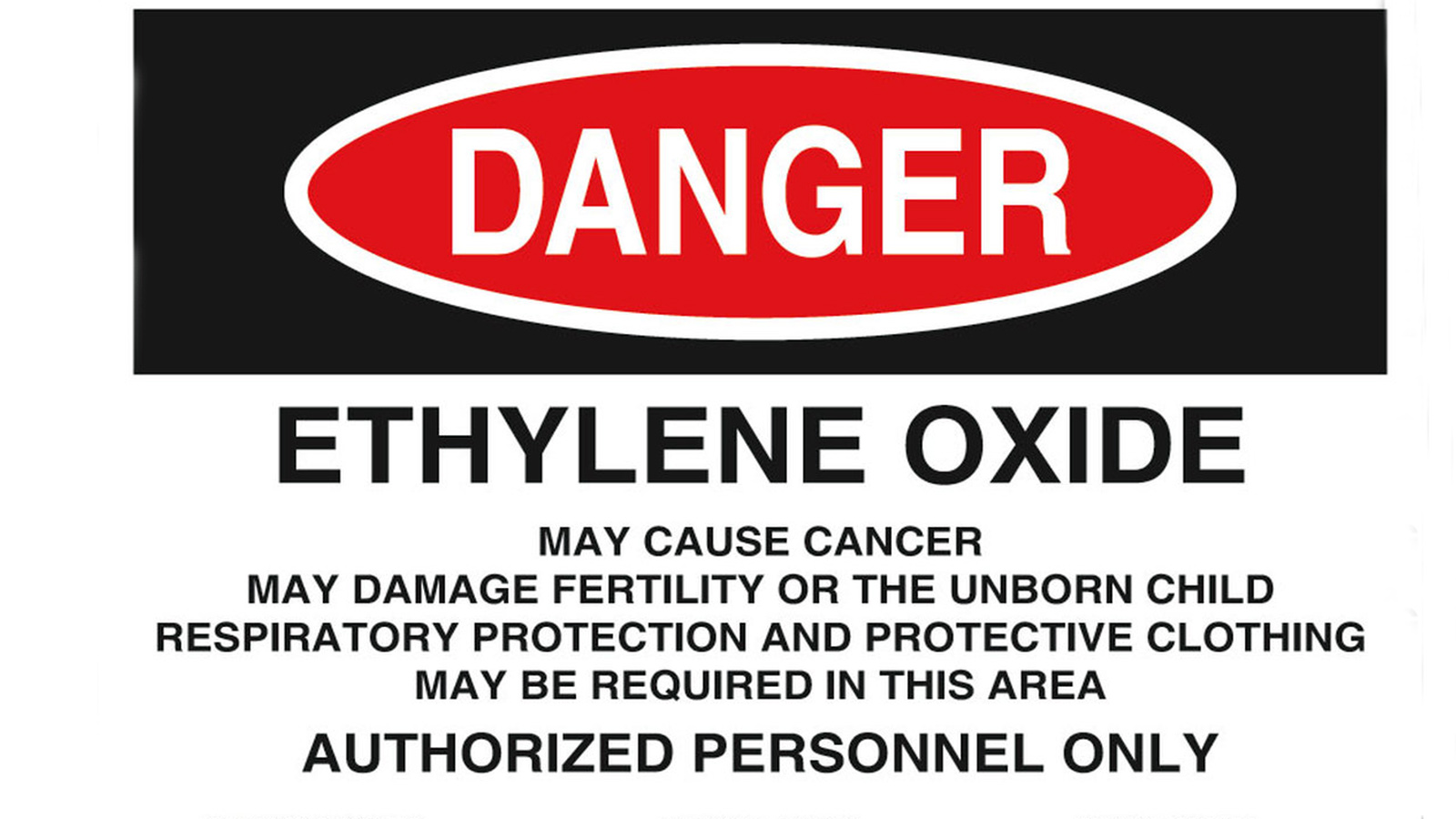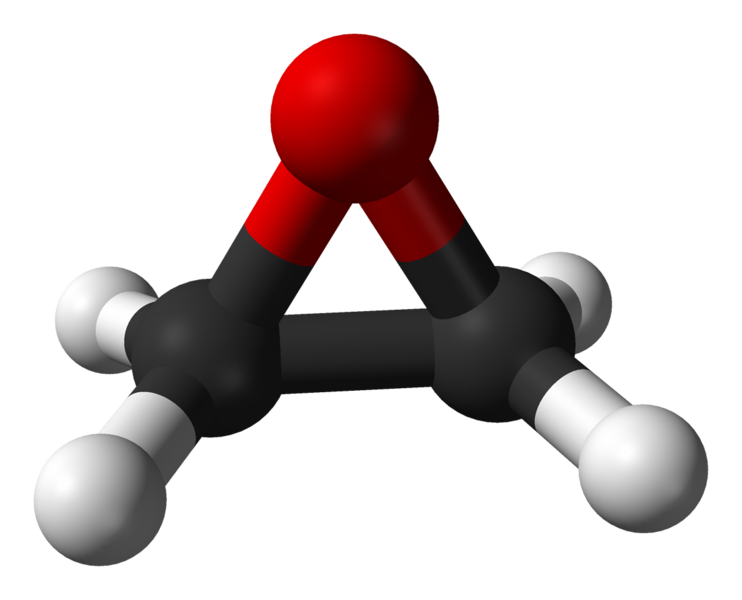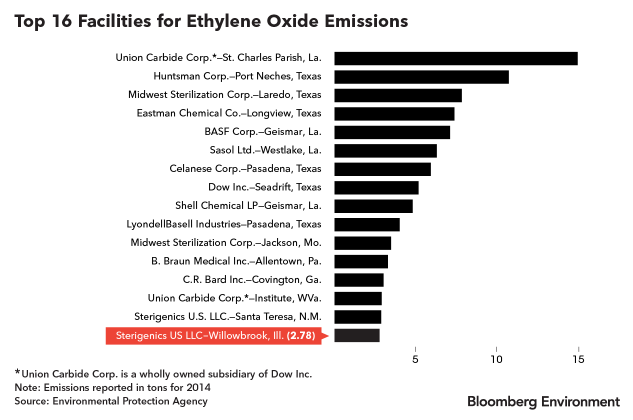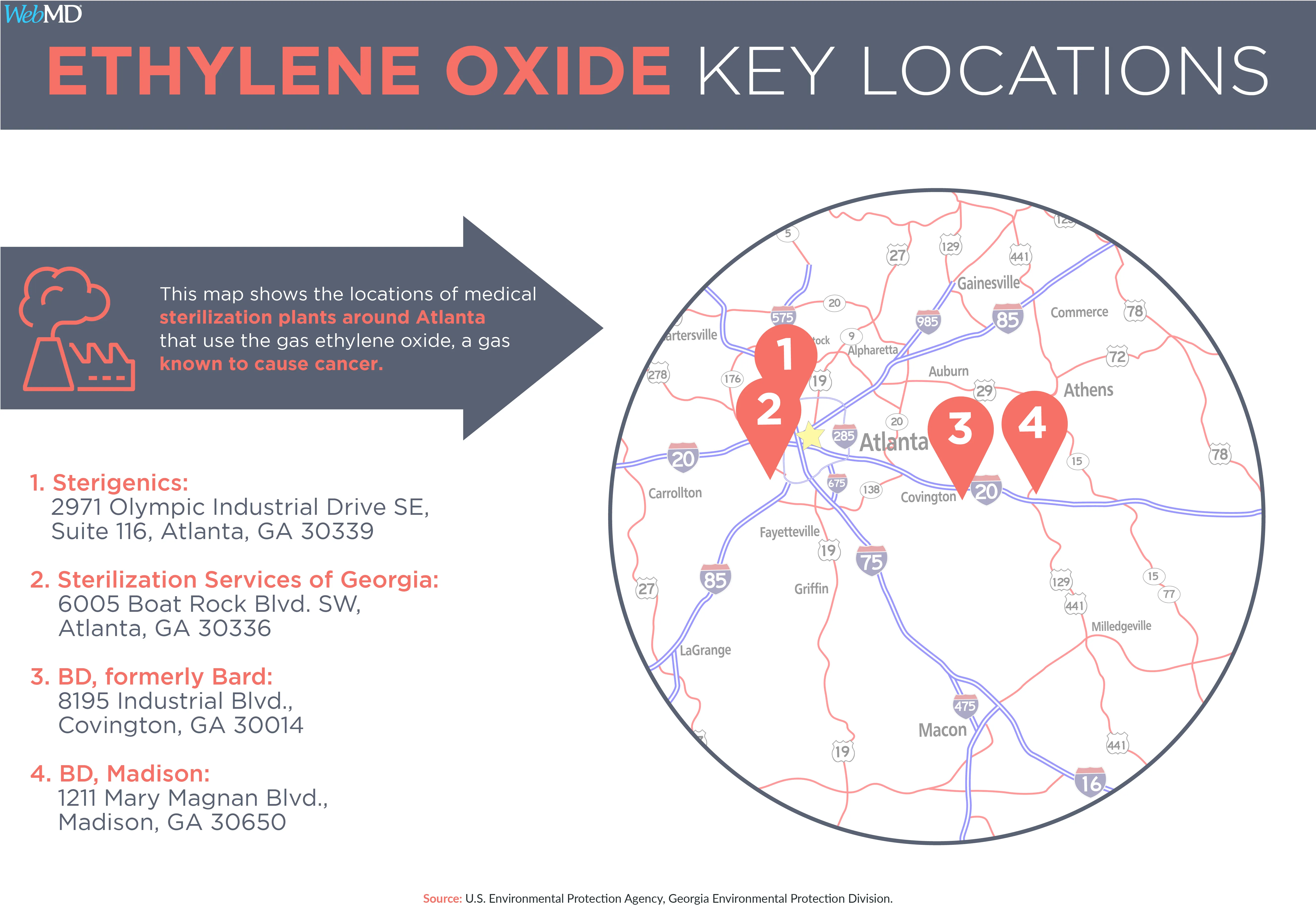Ethylene Oxide Cancer Studies, Ethylene Oxide The Chemical Industry S Defense Of Cancer Risk Nrdc
In fact one comprehensive lifetime exposure study of workers in ethylene oxide production facilities found no statistically significant excess cancer risk due to ethylene oxide exposure. The primary routes of human exposure to ethylene oxide are inhalation and ingestion which may occur through occupational consumer or environmental exposure.

Ethylene Oxide Breast Cancer Prevention Partners Bcpp
1993 and elevated incidence of breast cancer in a cohort of workers who used ethylene oxide as a sterilant Norman et al.

Ethylene oxide cancer studies. Studies of workers show that their exposures to ethylene oxide are associated with an increased risk of cancers of the white blood cells the infection-fighting cells of the immune system. Determine the hazards of. Exposed to ethylene oxide for more than 10 years Teta et al.
However the primary difference between the two assessments is that the TCEQ uses a different modeling method for estimating cancer risks from that data. Ethylene oxide EtO is a highly reactive chemical used as a sterilizing agent and a feedstock for producing other chemicals. COVID-19 diagnostic tests are sterilized with a substance called ethylene oxide EtO which has been linked to cancer.
However a positive exposure-response relation with breast cancer was observed though. This does not mean there is more of this compound in the air in these. The Environmental Protection Agency EPA keeps an electronic database that lists the cancer-causing potential of different substances.
The International Agency for Research on Cancer IARC and the United States Environmental Protection Agency USEPA classified ethylene oxide EtO as a known human carcinogen. The EPA first classified ethylene oxide EtO as a possible human carcinogen in 1985. Newer studies show that ethylene oxide is a more potent carcinogen than scientists had thought.
12 Critically both noted that the epidemiological evidence based on lymphoid and breast. Summary of epidemiological results on ethylene oxide and female breast. Studies of the highest exposed workers who were exposed to ethylene oxide over an average of 10 years or longer had higher risks of certain types of cancer such as some blood cancers and breast cancer.
Similar cancers were also found in animal studies. The ability of ethylene oxide to damage DNA makes it an effective sterilizing agent but also accounts for its cancer-causing activity. EtO is a colorless flammable gas that is used to sterilize medical equipment and to make chemicals used in.
Fifteen years later the. The International Agency for Research on Cancer IARC and the United States Environmental Protection Agency USEPA classified EtO as a known human carcinogen. How are people exposed to ethylene oxide.
This means that in the 2014 NATA more areas show elevated risks driven by ethylene oxide than in the 2011 NATA. That study published in 1990 acknowledged the capacity for ethylene oxide to cause cell mutations and cancer and called the prediction of human risk to ethylene oxide problematical. Leukemias brain tumors lung tumors and other cancers have been observed in these animals.
TCEQ has shown the EPA assessment which rejects the standard Cox proportional hazards model in favor of an. Studies also showed an increased risk of breast cancer in females. TCEQ bases its ethylene oxide number on the same studies that the EPA uses.
Ethylene oxide is a sterilant gas that causes leukemia and other cancers in animals. Can ethylene oxide cause cancer. Studies have been conducted to evaluate the carcinogenicity of ethylene oxide in rats and mice that inhaled ethylene oxide.
A similar result was found in Michigan when the state analyzed the population near a facility that used ethylene oxide. Epidemiological studies of ethylene oxide and human cancerlymphohematopoietic cancer results. Studies in Sweden have shown an excess of leukemia and stomach cancer in.
The findings from this updated study indicate limited or low risks for human cancer due to occupational exposure from ethylene oxide at the low cumulative exposure levels in this cohort. We updated our cancer risk calculations to reflect these new data. More and more health department in many countries believe that ethylene oxide may be a human carcinogen.
Studies on Mechanisms of Carcinogenesis Ethylene oxide is a direct-acting alkylating agent that forms adducts. Critically both noted that the epidemiological evidence based on lymphoid and breast cancers was limited but that the evidence in animal studies was sufficient. Ethylene oxide EtO a known human carcinogen with strong evidence linking exposures to EtO to the development of lymphoma and breast cancer.

Ethylene Oxide Breast Cancer Prevention Partners Bcpp

Ethylene Oxide Is A Carcinogen You Need To Know About Howstuffworks

Ethylene Oxide Cancer Causing Substances National Cancer Institute

Illinois Cancer Trends Identified From Ethylene Oxide Exposure Illinois Injury Lawyer Blog April 22 2019

Pdf Ethylene Oxide Cancer Evidence Integration And Dose Response Implications

Ethylene Oxide Cancer Evidence Integration And Dose Response Implications Semantic Scholar

Largest Sources Of Cancer Causing Ethylene Oxide Go Unnoticed

Ethylene Oxide And Risk Of Lympho Hematopoietic Cancer And Breast Cancer A Systematic Literature Review And Meta Analysis Request Pdf

Mortality Among Workers Exposed To Ethylene Oxide Nejm

Ongoing Coverage Of Ethylene Oxide Emissions From Medical Sterilization Plants
Https Www Who Int Ipcs Publications Cicad En Cicad54 Pdf
Officials Knew Ethylene Oxide Was Linked To Cancer For Decades Here S Why It S Still Being Emitted In Willowbrook And Waukegan Chicago Tribune
Https Www Epa Gov Sites Default Files 2016 09 Documents Ethylene Oxide Pdf

Ethylene Oxide The Chemical Industry S Defense Of Cancer Risk Nrdc

Pdf Ethylene Oxide Cancer Evidence Integration And Dose Response Implications

Cdc Ethylene Oxide May Have More Health Effects Than Cancer Medical Design And Outsourcing
